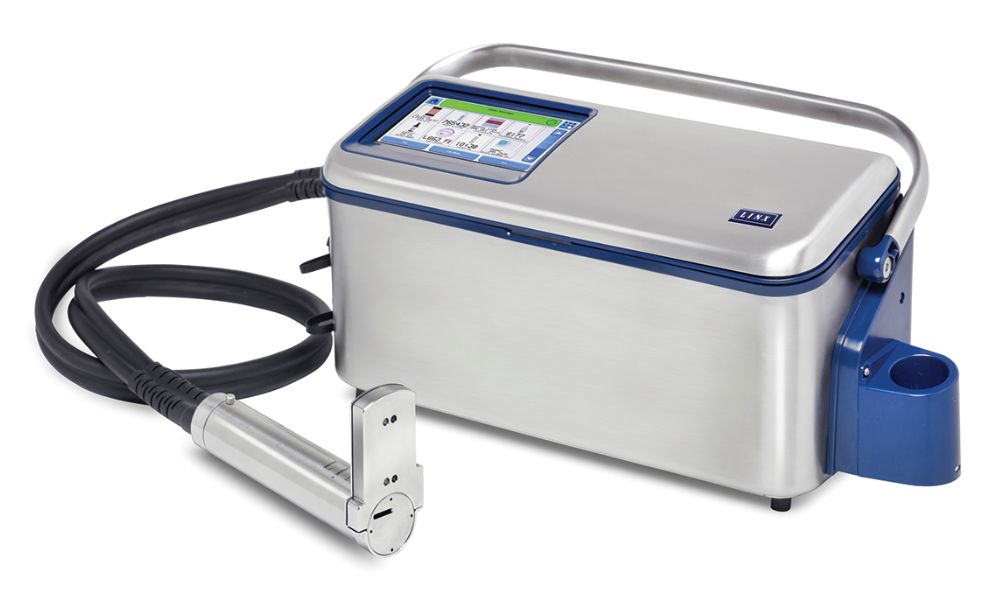Selecting the right type of printer for your business can be overwhelming, especially when there are so many options. An important decision that many businesses need to make is between continuous inkjet (CIJ) or thermal inkjet (TIJ) printers. Understanding the difference between these two technologies is crucial, as it can greatly impact operational costs and efficiency. In this blog, we will explore the key differences between continuous and thermal inkjet printers so you can choose the best one for your business needs.
Technologies Behind the Scenes
Before diving into the details, let’s first discuss the basic principles behind these two inkjet technologies. Continuous inkjet printers work by ejecting a continuous stream of ink droplets through a printhead. Afterward, they charge and deflect select droplets onto the intended print surface to produce images or text. On the other hand, thermal inkjet printers use heat to create ink droplets. The printhead contains microscopic electric resistors that heat up, vaporizing the ink and pushing it onto the print surface.
Print Quality and Speed
One of the primary considerations when choosing between CIJ and TIJ printers is the print quality and speed. Continuous inkjet printers generally offer higher printing speeds, making them ideal for high-volume production lines and fast-paced environments. However, their print resolution tends to be lower compared to thermal inkjet printers. TIJ printers typically provide a higher print resolution with crisper and more detailed images, making them suitable for applications that require detailed images, small text, or barcodes.
Ease of Maintenance and Cost Efficiency
Another critical aspect when deciding between CIJ and TIJ printers is the ease of maintenance and overall cost efficiency. Continuous inkjet printers typically require more frequent maintenance due to their complex mechanisms and printhead cleaning needs. In addition, because CIJ printers use specialized inks, they might be more expensive in the long run. On the flip side, TIJ printers often require less maintenance as they have fewer moving parts and printheads that are less prone to clogging. Furthermore, they utilize cartridges that are relatively easy to replace, resulting in lower operational costs.
Versatility and Adaptability
Lastly, versatility and adaptability are important factors to consider when choosing between CIJ and TIJ technologies. Continuous inkjet printers excel in printing on different-shaped surfaces and are capable of printing at a farther distance from the substrate. They can also print on a wide variety of surfaces, making them suitable for industries such as food and beverage, pharmaceuticals, and packaging.
On the other hand, TIJ printers have certain limitations when it comes to printing on certain substrate shapes. However, they excel in printing on paper, cardboard, and other porous surfaces, making them the preferred choice for box coding and product packaging.
Now that you understand the differences between continuous and thermal inkjet printers, you can make an informed decision on which you need for your business.
At Tourmaline Enterprises, we specialize in providing a wide range of industrial inkjet printers suitable for all applications and needs. Our team of experts is dedicated to helping you choose the most cost-effective and reliable printer technology for your business. Contact us today to learn more!

